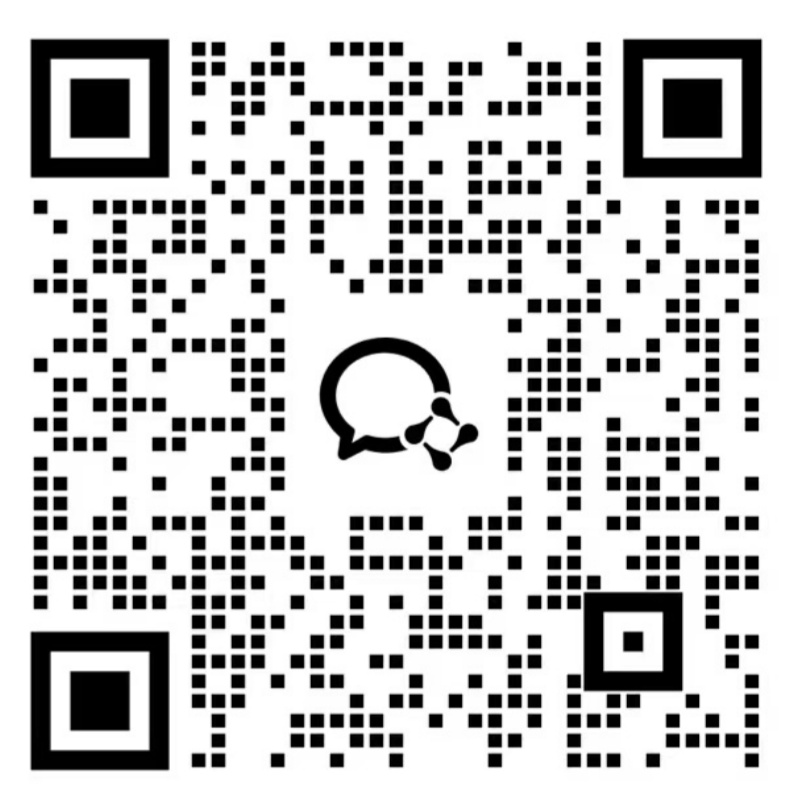The Convergence of Technology and Creativity
In today’s rapidly evolving world, the boundaries between technology and creativity are becoming increasingly blurred. This fusion is not only redefining how we live our daily lives but also transforming entire industries, from entertainment to education. As we stand on the cusp of this new era, it becomes essential to explore the ways in which technology and creativity intersect, complement each other, and together shape a future filled with endless possibilities.
Enhancing Creative Expression through Digital Tools
The advent of advanced digital tools has revolutionized the way artists, designers, and creators express themselves. Software like Adobe Photoshop, for instance, empowers graphic designers to manipulate images in ways that were once unimaginable, allowing for unprecedented levels of detail and customization. Similarly, music production software enables musicians to experiment with sounds, layer tracks, and produce professional-quality compositions right from their home studios. These technologies democratize access to creative expression, breaking down barriers and enabling a wider range of voices to be heard.
AI: A New Partner in Creation
Artificial Intelligence (AI) represents perhaps the most exciting frontier where technology meets creativity. AI algorithms can now generate art, compose music, and even write stories, challenging traditional notions of what it means to be an artist. While some may argue that these creations lack the ‘human touch,’ others see them as opportunities for collaboration – a chance for human and machine to work together, pushing the boundaries of artistic innovation. Moreover, AI is being used to analyze vast amounts of data, providing insights that inspire new forms of storytelling and design, thereby enriching the creative process rather than replacing it.
Technology as a Catalyst for Innovation in Education
Education stands at the intersection of creativity and technology, benefiting immensely from this union. Virtual reality (VR) and augmented reality (AR) offer immersive learning experiences, making complex subjects more engaging and accessible. Students can virtually travel through time, explore distant galaxies, or dive into the depths of the ocean, all while sitting in a classroom. These technologies foster a deeper understanding and appreciation for various disciplines, encouraging students to think creatively and develop problem-solving skills that will serve them well in an increasingly tech-driven society.
Challenges and Considerations
While the integration of technology and creativity opens up numerous opportunities, it also presents challenges. Issues around privacy, security, and the ethical use of AI must be carefully considered. Additionally, there is a risk of widening the digital divide if access to these powerful tools remains unevenly distributed. It is crucial, therefore, to ensure that technological advancements benefit all members of society, fostering inclusivity and accessibility in both the creation and consumption of digital content.
Looking Towards the Future
As we look towards the future, the relationship between technology and creativity promises to grow even stronger. Emerging technologies such as 5G, blockchain, and quantum computing will further expand the horizons of what is possible, offering new avenues for artistic exploration and collaboration. The key to harnessing this potential lies in embracing change, nurturing curiosity, and valuing the unique contributions that both humans and machines bring to the table. Together, we have the power to create a world where imagination knows no bounds, and every dream can become a reality.。
本文由阿里云优惠网发布。发布者:编辑员。禁止采集与转载行为,违者必究。出处:https://aliyunyh.com/265353.html
其原创性以及文中表达的观点和判断不代表本网站。如有问题,请联系客服处理。



